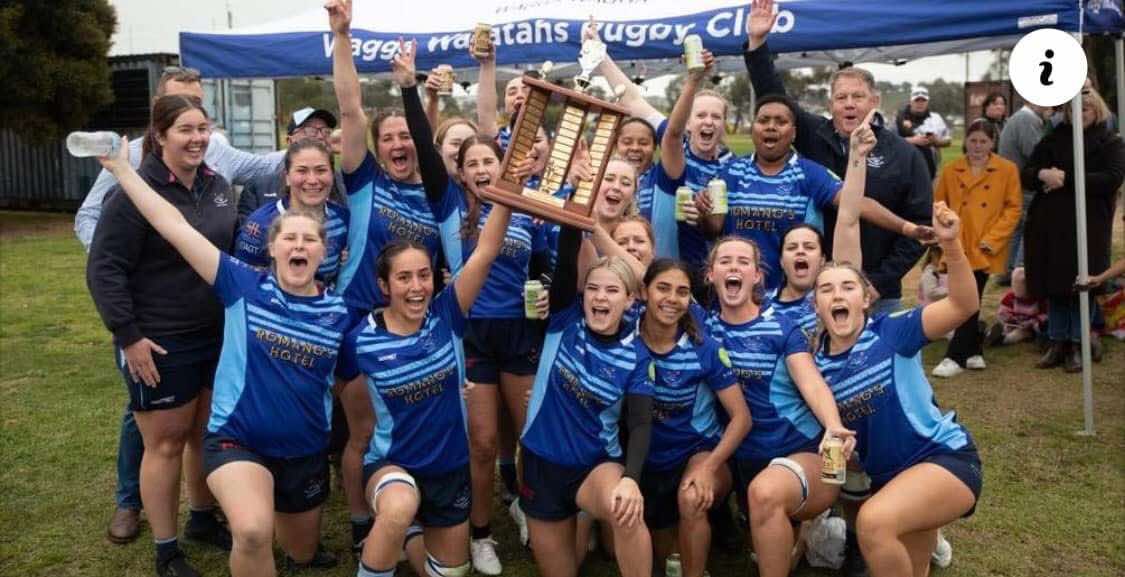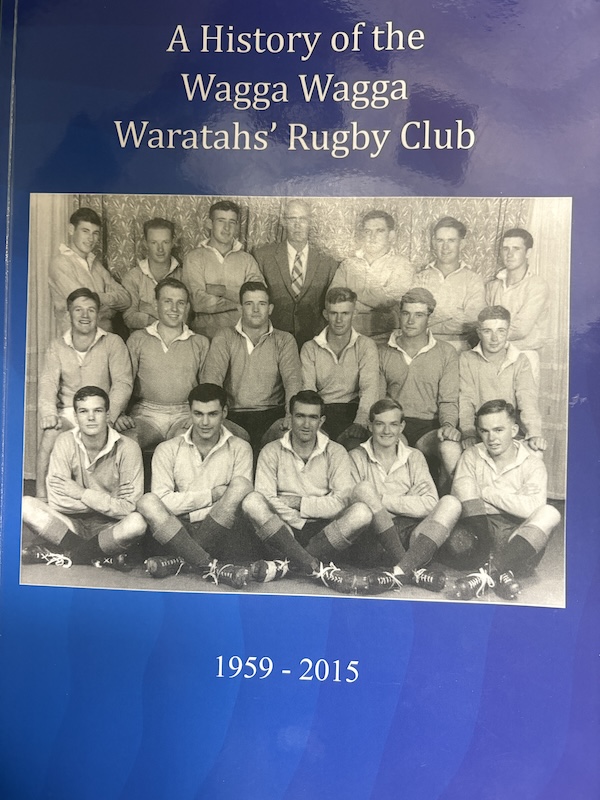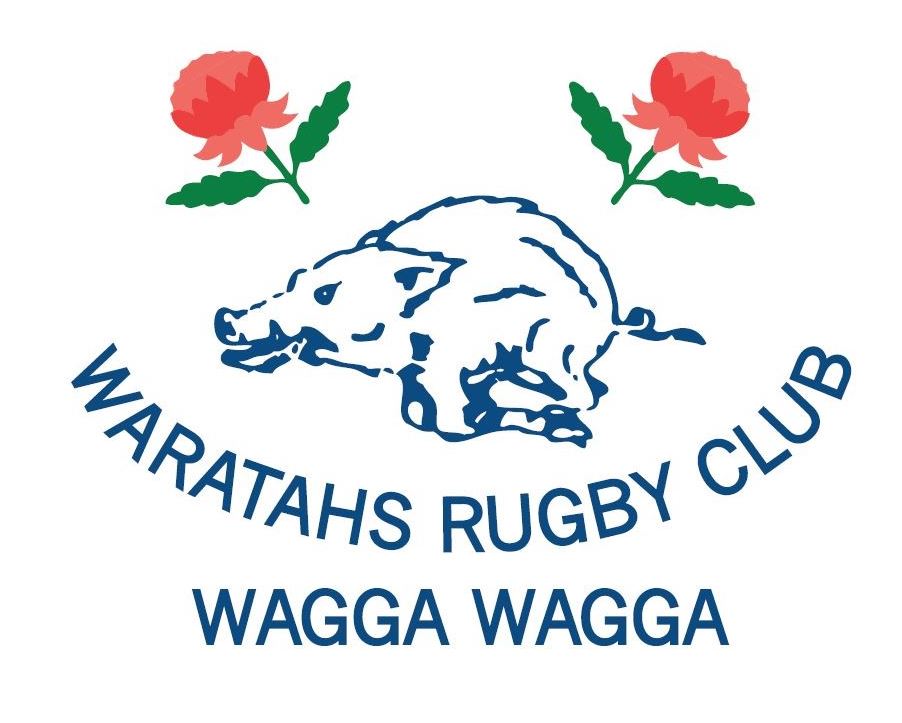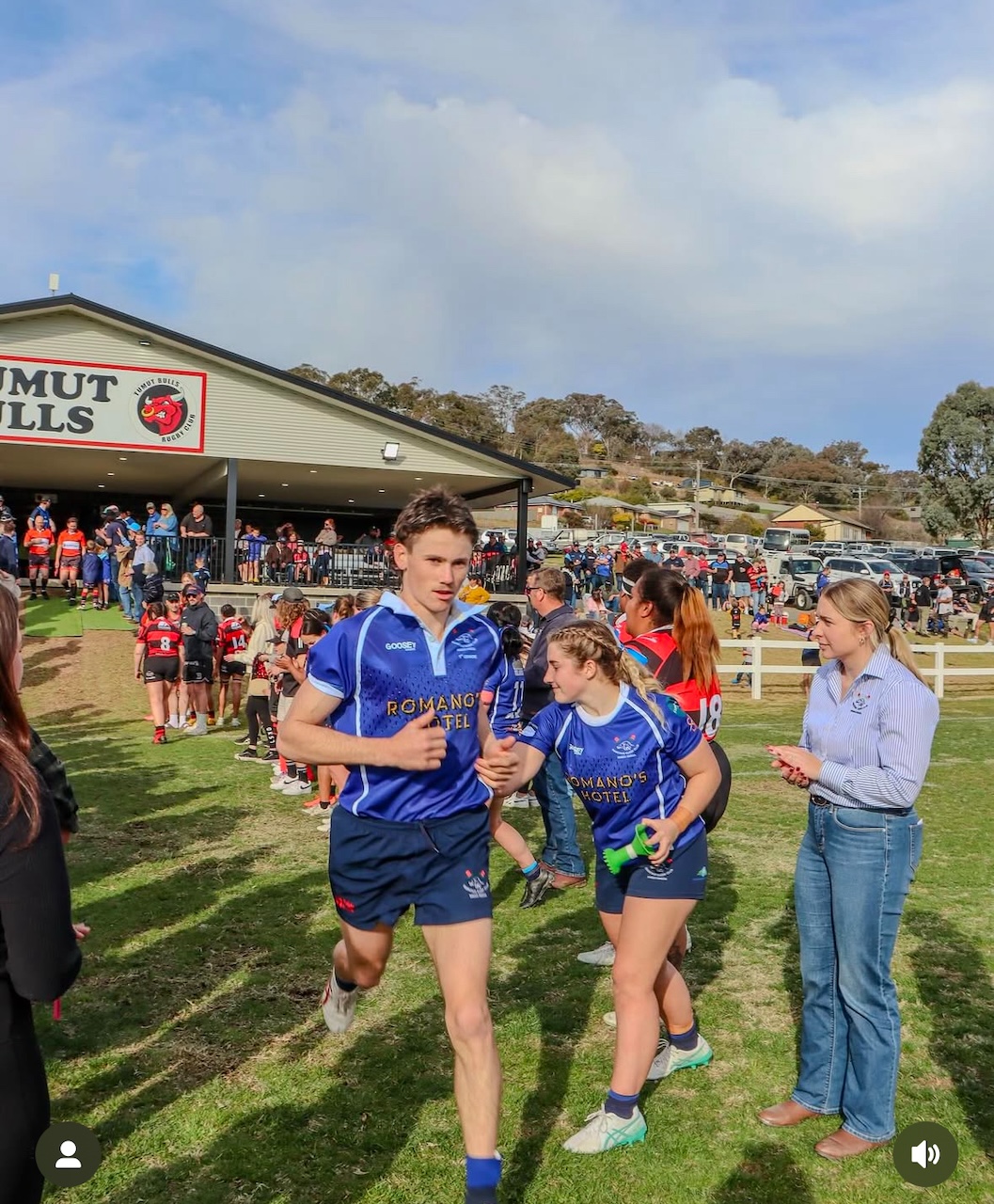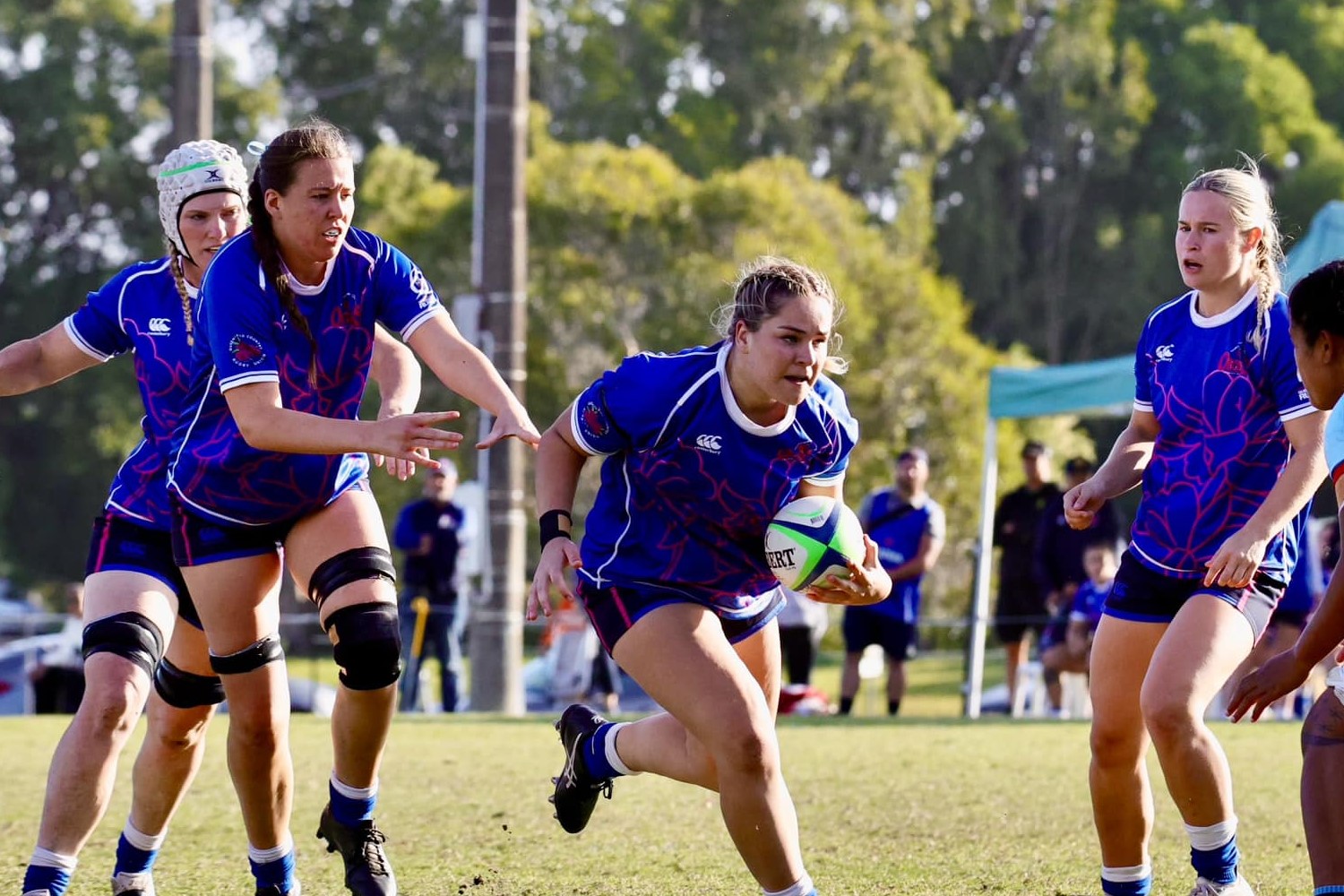The Most Influential People of the First Decade
Written by Mick Millard
In alphabetical order, the most influential people of the decade were Beres Ellwood, Wal Blake and Jim Lenehan 6.
Beres Ellwood was a foundation member of the Waratahs and played in all the grand finals the club contested in the first decade, including the one we lost in 1968. He commenced tertiary education at Wagga Agricultural Club (WAC) in 1955 and played in the College’s premier team that year. In 1956 he deferred his studies and resumed in 1957, playing a key role in Wagga defeating Hawkesbury for the first time, playing in Japan with an Australian Colts team and with Ag College for his second premiership in the Riverina Rugby Union.
Beres was in New Zealand with the Wallabies when City won from Ag College in 1958. He was a foundation member of the Waratahs and travelled up from Berrigan to play. It was in this era that a noted New Zealand critic declared Beres Ellwood to be the best back line player in world rugby.
In 1963 Beres was in South Africa spearheading an historic Wallaby win over the Springboks, when the Waratahs were defeated in the final. Had we won that game, he would have been back for the grand final the following week.
Following the Riverina tour of NZ in 1966, Beres played his 20th and last test match against the Lions at the S.C.G. He was penalised by the referee, Crowe, for moving up before a lineout was declared over and Australia lost the game 11-8. He was dropped for the second test and the same Wallabies, with Brass instead of Ellwood, were flogged 32-0. John Brass was a great player, but he wasn’t ‘The Little General’ who had steered Australia to some notable test match victories.
The scores in the two tests emphasised the degree of the selectors’ travesty and put paid to Ellwood’s chances of inclusion in the squad to tour the British Isles towards the end of that year.
Beres played club football for a couple of more years and was a halfback in the grand finals in 1968. In this match the Waratahs were trailing Army by 5 points and steadily gaining ascendancy as the game wore on. With about five minutes on the clock, Beres made a break and David Dosser scored about midway between the goals posts and the left corner. A successful conversion would have tied the scores, enabling the possibility of a win in extra time. It missed and the full-time whistle marked the end of a great career. Beres had played all his club rugby in the Riverina – three seasons with Ag College and ten with Tahs.
When noted Wallaby winger Stewart Boyce retired, he didn’t hesitate to nominate Beres Ellwood as the best he had ever played with or against.
Wal Blake was the president of Wagga City Rugby Club and argued against affirming the Waratahs at the public meeting held to float the idea in early 1959. The following year he took on the presidency of Riverina Rugby Union and proved to be an outstanding administrator in this role.
The Riverina Rugby Union representative team in the sixties was dominated by players from the Waratahs and, as Wal was sometimes the team manager in addition to the other roles which saw him elevate and promote the profile of rugby, we had a lot to do with him both individually and collectively.
Wal organised the Riverina Rugby Union tour of New Zealand in 1966 and was also team manager. The tour was a resounding success from both the football and social/tourism aspects, and I am sure my peers and contemporaries will applaud my taking this opportunity to acknowledge Wal Blake’s splendid contribution to Riverina Rugby.
Jim Lenehan’s family lived in Wagga after the homestead on Gillenbah, a few miles west of Narrandera, was destroyed by fire. He played a game or two with St Michael’s, or it may then have been known as CYM, in 1956 while home on holidays from Riverview.
When he left school he worked in a wool store in Sydney and played with St George in the seasons 1957 and 1958, going from that club on Wallaby tours of the British Isles in 1957-1958 and to New Zealand (with Beres Ellwood) in 1958.
Jim was at the meeting at the old Australian Hotel when it was resolved to form the Waratahs in January 1959 and played for the club for the remaining ten years of his career at the club level.
Bob Conolly was the inaugural captain and when he landed in hospital on the eve of the 1959 grand final, Jim took on the captaincy and led the Waratahs to an historic premiership win in the club’s first season.
When he reached his peak, Jim was rated the best fullback in the world. In 1962 he hit the ground running playing faultless football at his brilliant best. He led Riverina to victory in the Caldwell Cup and went on to captain N.S. W. Country, N.S.W. and Australia for one test. He then toured New Zealand as vice captain of John Thornett’s Wallabies.
It has been said that history is a distillation of rumour; or as Voltaire put it, just fables that have been agreed upon.
Source: A History of the Wagga Wagga Waratahs’ Rugby Club 1959 -1960
6 Unfortunately, Bob Conolly left the district early in the next year (1960) and was unable to be part of the club’s successes and disappointments in the years that were to follow.
PURCHASE YOUR COPY
 Skip to content
Skip to content


